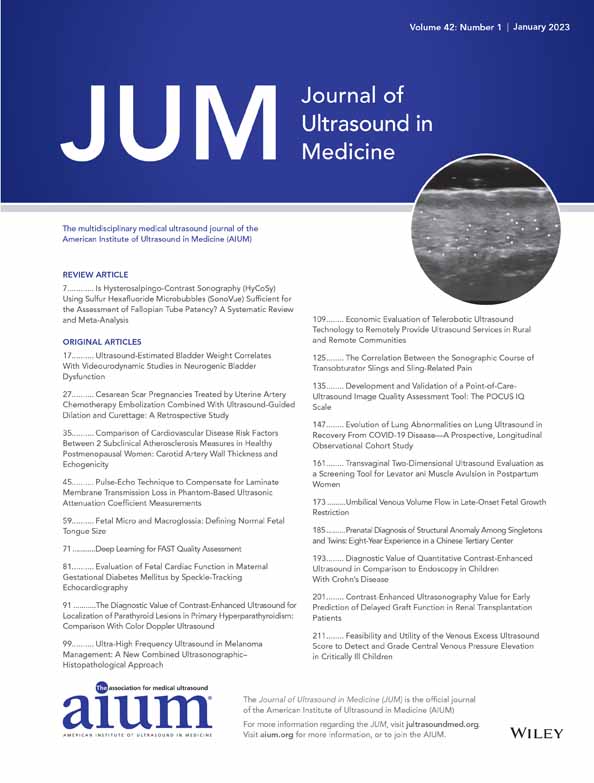The Correlation Between the Sonographic Course of Transobturator Slings and Sling-Related Pain
All of the authors of this article have reported no disclosures.
Abstract
Objectives
To determine whether transobturator slings follow a consistent path and whether there is an association between ultrasonographically visualized sling pattern or position with sling-related pain.
Methods
This was a cross-sectional retrospective pilot study. We evaluated women who were presented to our clinic for pain or other urogynecologic symptoms following transobturator sling placement between 2009 and 2014. Patients had undergone a 3-dimensional endovaginal pelvic floor ultrasound, assessing minimal levator hiatus, antero-posterior diameter, left–right diameter, and the hiatal shape. The mesh patterns were categorized as seagull patterns (normal), lopsided, flat, and convoluted.
Results
A total of 68 cases were reviewed. Fifty patients reported pain, and 18 did not. There were wide variations in the course of the slings. The sling center- minimal levator hiatus position ranged 14.8 mm below and 17.9 mm above the minimal levator hiatus. The lateral arm insertion points ranged between 17.1 mm below and 16.6 mm above the minimal levator hiatus. The right arm insertion points ranged between 9.6 mm below and 18.8 mm above the minimal levator hiatus. Thirty-five of 68 (70%) patients with pain and 13 of 18 (72.2%) without had abnormal sling patterns. The abnormal sling shape was not correlated with pain (P = 1). The levator shape trended toward a statistical significant correlation with sling shape abnormality (P = .084).
Conclusions
This population of women with transobturator sling complications demonstrated wide variations in anatomic paths. Neither the abnormal sling shape nor the distance of the center of the tape from the minimal levator hiatus level were correlated with pain.




